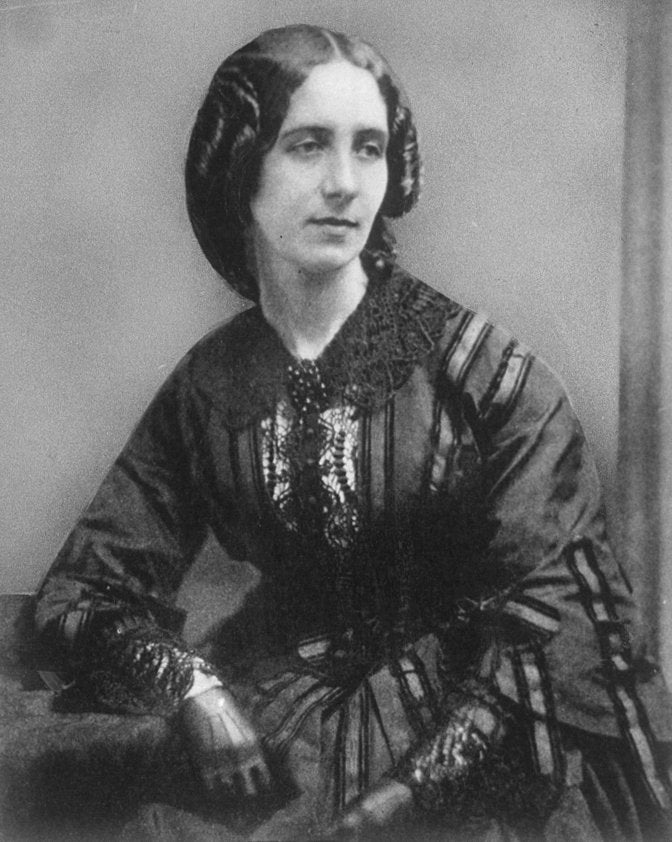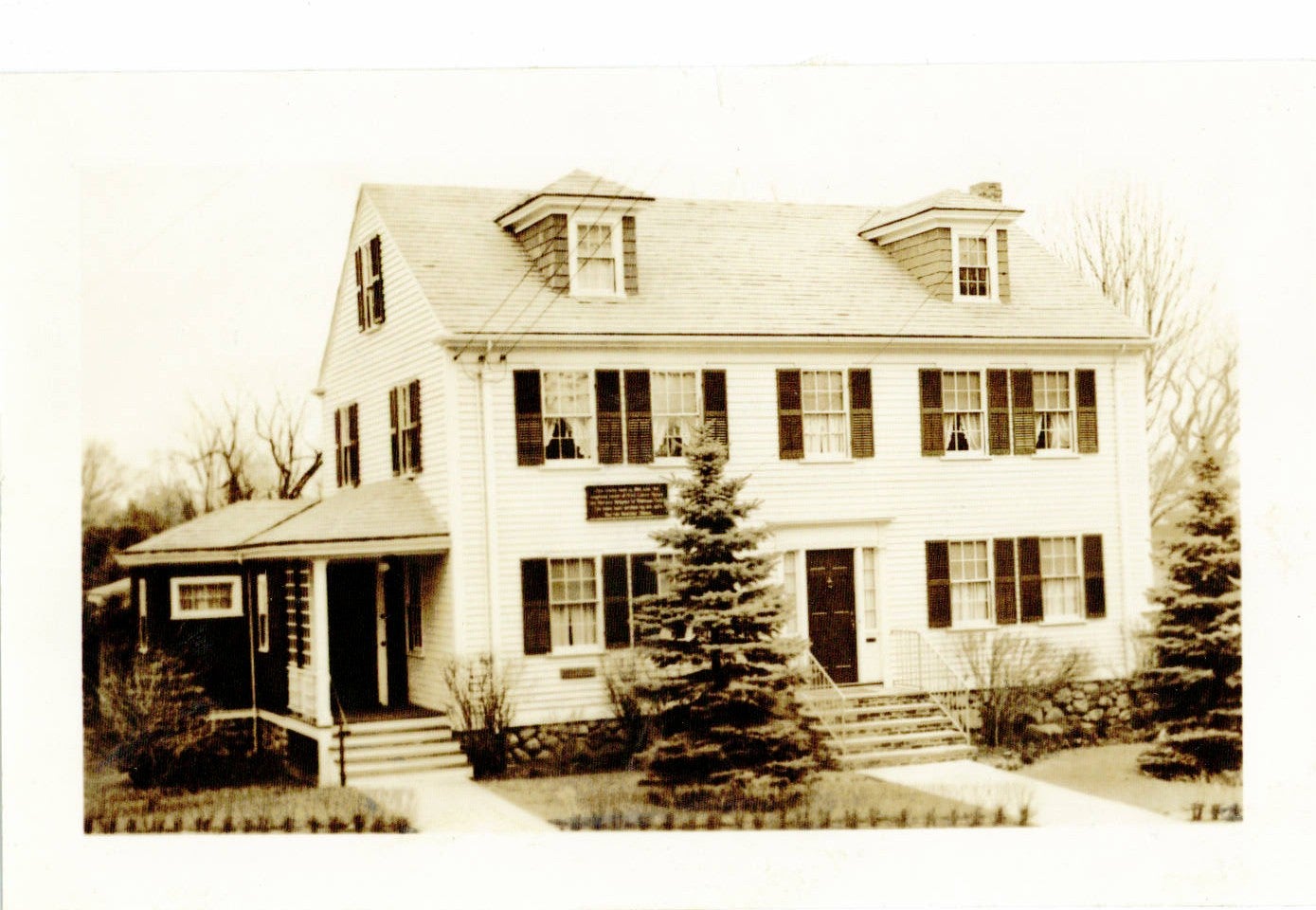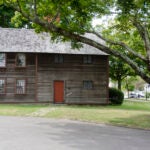Harriet Beecher Stowe’s Legacy Lives in Natick Home
Harriet Beecher Stowe helped make the Boston suburb a mid-19th century tourist destination.

Harriet Beecher Stowe, known for writing the novel Uncle Tom’s Cabin and her abolitionist viewpoints voiced in her writing and social activism, was born in Connecticut, but had a connection to a Boston suburb.
Stowe’s husband, Calvin Stowe, was a theology professor whom she met in Cincinnati, Ohio and whose family lived in Natick. Though Stowe never lived in Natick herself, she and her husband spent a fair share of time at his family’s 2 Pleasant Street home.
“It was her in-laws house and they visited for extended periods of time,’’ said Jane Hennedy, executive director of the Natick Historical Society. “The house was passed down in the family of Calvin Stowe. His father died young and he was raised by grandparents after that.’’
During these visits, Stowe was quite observant.
“In 1869, Oldtown Folks was published and it was based on her in-laws and of observances of people in Natick, Dover, and Sherborn,’’ Hennedy said. “[The book had] character sketches and stories all based on real people. It was the first of its kind. She changed the names slightly, but everyone knew what she was talking about.’’
Many of the people Stowe talked about in her book lived in homes close by – many of which now stand in the John Eliot Historic District in South Natick.

The historic district is named after John Eliot, a settler from Roxbury who established Natick in 1651, offering South Natick as a place where Native Americans could live and function on their own without direct British control.
Hennedy said they lived in an English way, but still carried many of their Native American traditions. For 20 years Eliot preached and instructed the Native Americans, according to the Natick Historical Society. The Native Americans were forced out of the town during King Philip’s War in 1675 and many did not survive.
But Hennedy said Stowe’s novel, Oldtown Folks, played a major role in catapulting Natick into the national consciousness.
“That novel was so popular that it sort of defined the New England character,’’ Hennedy said. “Natick became a tourist destination.’’ People wanted to see the charm and characters Stowe wrote about.
Hennedy described there being large hotels in Natick that people would stay in during the summertime in the years after the 1869 novel was published.

The Harriet Beecher Stowe House, built in 1816, is a federal style home that still stands today. The home has had a variety of owners and who have used it for multiple purposes since the Stowes, but last year the home underwent a historical renovation.
The inside of the home was converted into the St. Benedict School, but the outside was kept original per historical district guidelines.
Visitors can take a walking tour (once the snow melts of course) of historic homes in South Natick, including the Harriet Beecher Stowe House.
Some other historic area homes, according to Hennedy, include:
The Rev. Horatio Alger, Sr. House (14 Pleasant St.): This home was the house of the famous author’s father, who was a minister of a church in South Natick. Horatio Alger, Jr. was known for writing stories about and for young boys, such as Ragged Dick, Bound to Rise, and Struggling Upward.
Peletiah Morse’s Tavern (33 Eliot St.): Peletiah Morse and his family built this tavern in 1748 and lived in it as well. The site, which was located on the then route between Boston and New York, is now home to the Riverbend School.
The Sam Lawton House (69 Eliot St.): Hennedy said that 69 Eliot Street was the home of the blacksmith character in Oldtown Folks. Though Stowe referred to him as Sam Lawson, his given name was Samuel Lawton.
The Sawin House (South Street): According to Hennedy, this house was built in the late 17th century for the first person of English descent who was invited to live with the Native Americans. The house has changed much over time, but the Natick Historical Society would like the house to be moved from its current location to somewhere closer to their Eliot Street lot so they it can be properly preserved and used as a visitor’s center.







Conversation
This discussion has ended. Please join elsewhere on Boston.com